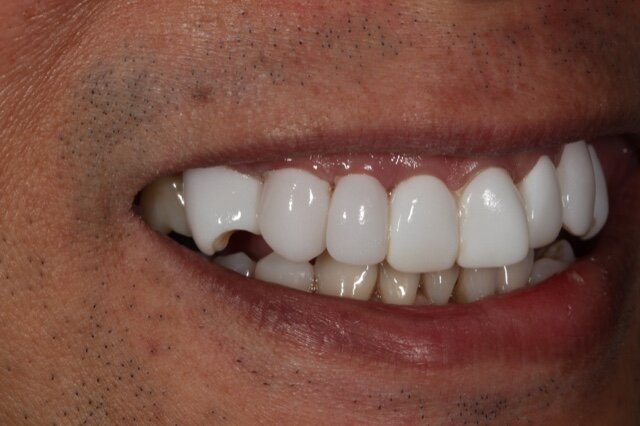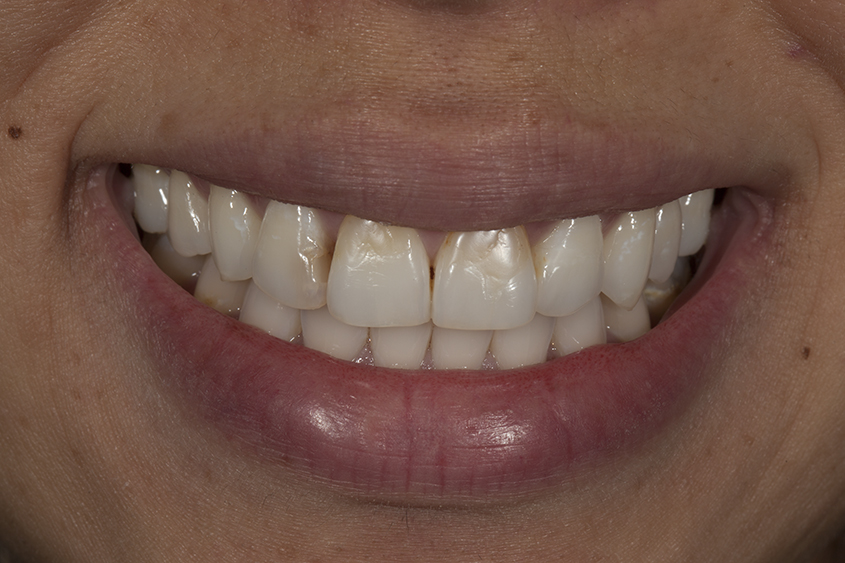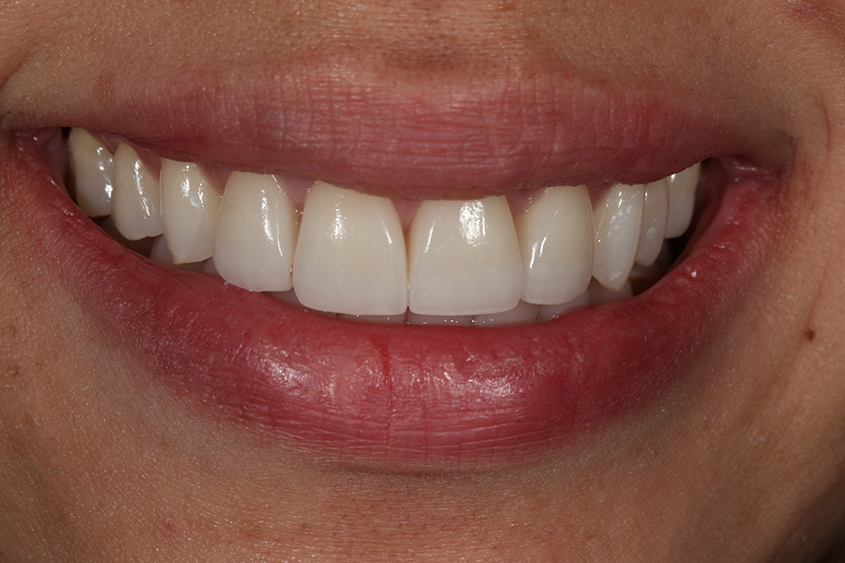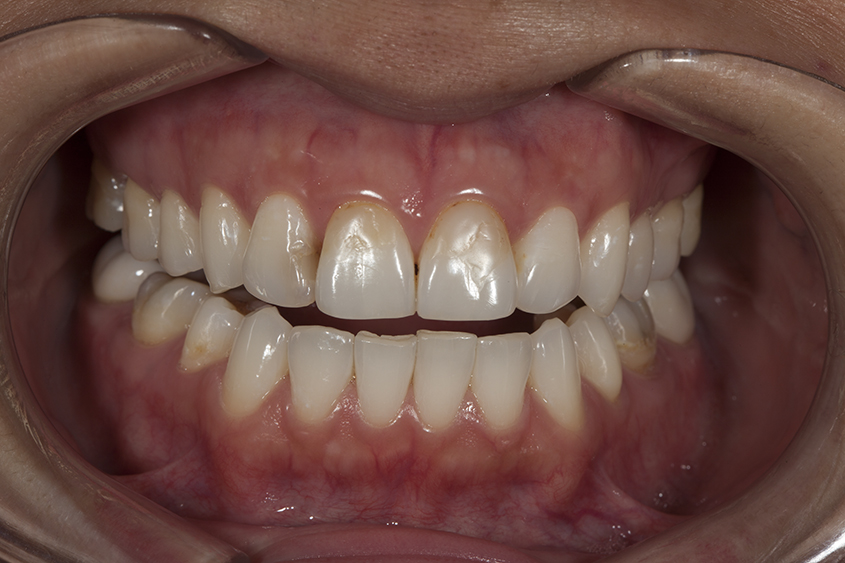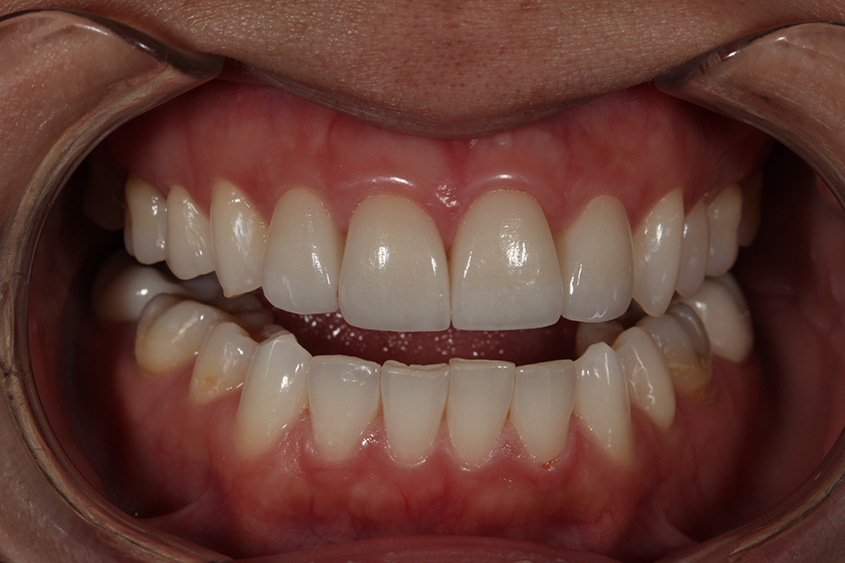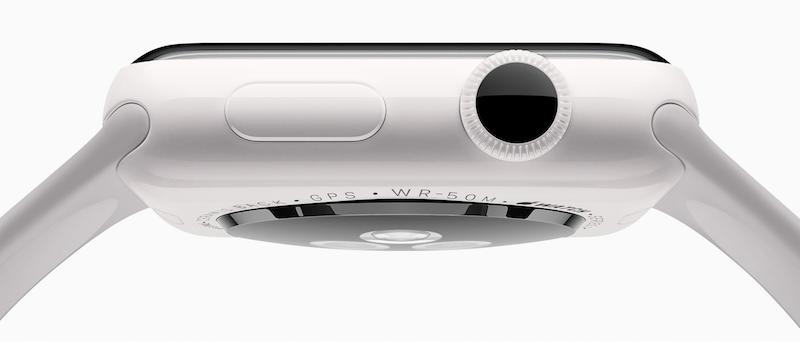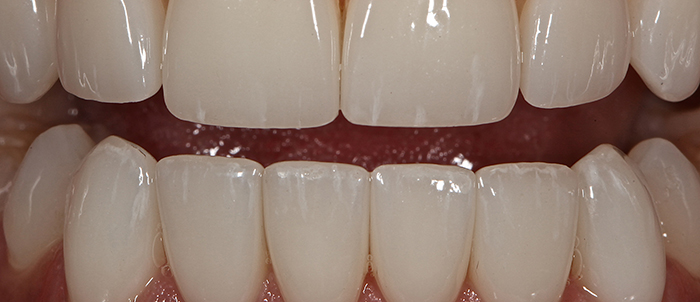Before I begin…It has been a whirlwind of a year due to my complex travel schedule. I spent this past Spring and Summer traveling to Germany twice, and most recently to Romania to stay updated on the world of implantology, digital dentistry, and dental photography. Most of the digital dental technology development and manufacturing begins in Europe, and I wanted to learn from the best resources available. I am back, and will continue to update this blog as well as my Instagram page to bring you the latest information on my work, in order to help you make confident decisions when seeking dental care for you and your loved ones.
I saw a patient for a cosmetic consultation this past week, and her question is the topic for this blog post: When do you do a wax up?
A wax up is a design of as little as one tooth, or as many as all the teeth in the smile. A wax up is done to modify the size, shape, contour of the teeth prior to prepping the teeth in the mouth for restorations. In the case below you will see a wax up of a design to replace old porcelain veneers and crowns that the patient wanted me to change out. In this particular case “length” was ok for the patient, so the wax up was done to refine shape and surface characteristics which are important in making the porcelain veneers look real. Natural teeth are not perfectly flat, and we need to transfer those details onto the final restoration.
The colors of the wax is the preference of the technician working on the case. Some prefer a white wax because they mimic white teeth. Some prefer colored wax because details show up very well with colored wax.
Depending on the needs of the case, the wax up will tell us how much tooth structure reduction is necessary to achieve the ideal out come of the case. For example, a tooth that needs to be brought out to be more even with the arch form would need less reduction than a tooth that is stuck out in the arch form and needs to be brought inwards. Sometime, by seeing the wax up, the patient can visualize why orthodontic would be an option to even out the arch form in order to minimize the need for more significant tooth reduction as well as to minimize the number of teeth that need to be treated.
Just as an architect would rely on a blue print to build a house, a wax up design is our blue print in dental reconstruction. In the future you will see more and more cases being done with digital wax up using CAD software instead of traditional hand waxing. I will post a digital wax up case later.


